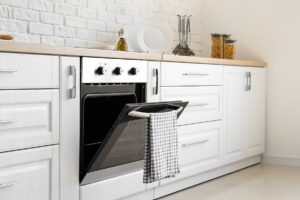Pete and his family say the pictures of their destroyed Illinois home don’t do the damage justice. At one a.m., on a night like any other one, the non-manufacturer’s battery on their stick vacuum overheated and exploded in their laundry room.
“The fire was violent and reached over 500 degrees, enough to melt the blades of a ceiling fan,” Pete explains. “We’ve always kept our vacuum plugged in…doesn’t everyone?”
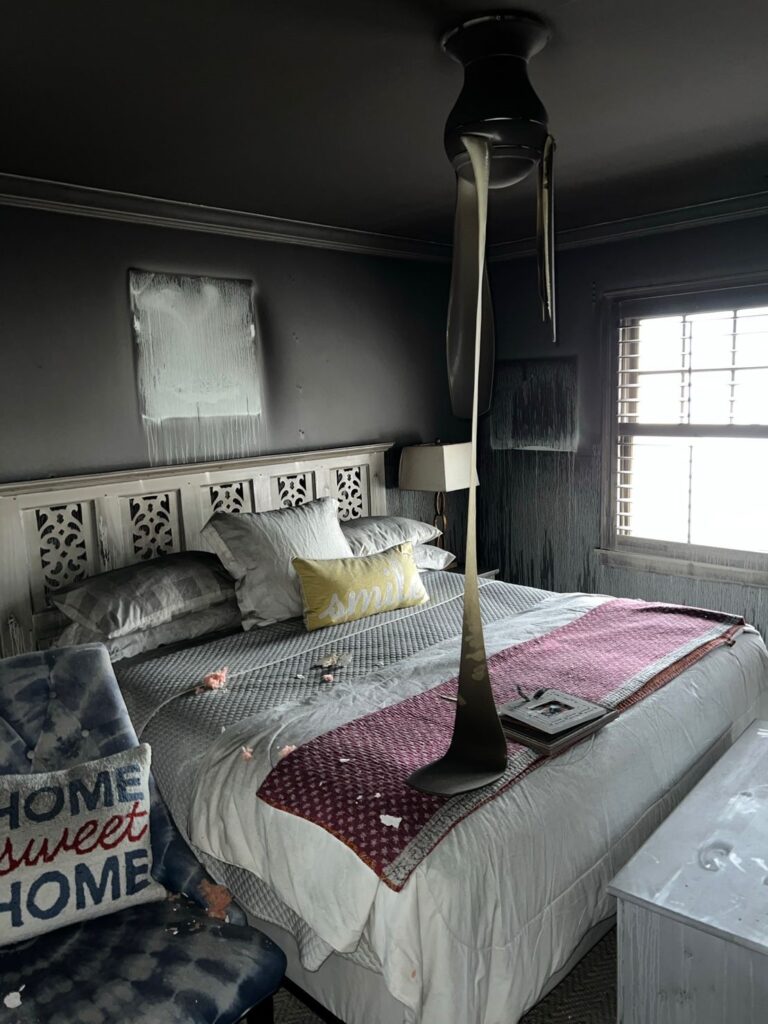
Unfortunately, 80% of the house needs to be stripped to the studs, and Pete’s family will be out of the house until, most likely, early 2024.
Lithium-ion batteries have been known to cause destructive fires, just like Pete’s. Though the chances of a lithium-ion battery failing and catching fire is one in 10 million batteries, they caused 200 fires and six deaths in New York City last year alone.
That’s why we reached out to Brian O’Connor, technical services engineer at the National Fire Protection Association (NFPA).
Brian shared with us important safety tips to help you and your family safely use devices powered with lithium-ion batteries.
Lithium batteries vs. lithium-ion batteries
There are two types of lithium batteries, but only one of them is known to be extremely combustible.
“Lithium batteries are lithium metal one-time-use batteries,” says Brian. “Lithium-ion batteries are the rechargeable batteries that we’re seeing infiltrate everywhere.”
A lithium-ion battery (or li-on battery) uses lithium salt, which is a highly reactive metal.
“The thing that makes them dangerous is the same thing that makes them useful,” says Brian. “They have a lot of energy in a small envelope.”
You’ll find lithium-ion batteries in your cell phones, watches, laptops, electric vehicles, even your power drill and other tools. When energy is released from a lithium-ion battery, it can generate toxic and flammable gases and heat, which can lead to an explosion.
“If you’re using them correctly, if you’re using properly-listed batteries, [the threat] is pretty low,” says Brian.
Why are lithium-ion battery fires so dangerous?
The differentiating factor between lithium-ion battery fires and other home fires is its fast rate of spreading.
A lithium-ion rechargeable batteries heats up when it starts to fail and pressurizes with flammable gas. As soon as that flammable gas is released, it creates a dangerous and potentially deadly situation.
“Think of a lighter that breaks in half,” says Brian. “It creates a very quick gas fire, so it’s able to spread to adjacent cells. It can also eject those cells into other parts of the room, so it can become a multiple-point fire.”
Since these fires spread so fast, homeowners don’t have a lot of time to react, which can lead to injury or even death.
How to prevent lithium-ion battery fires in your home
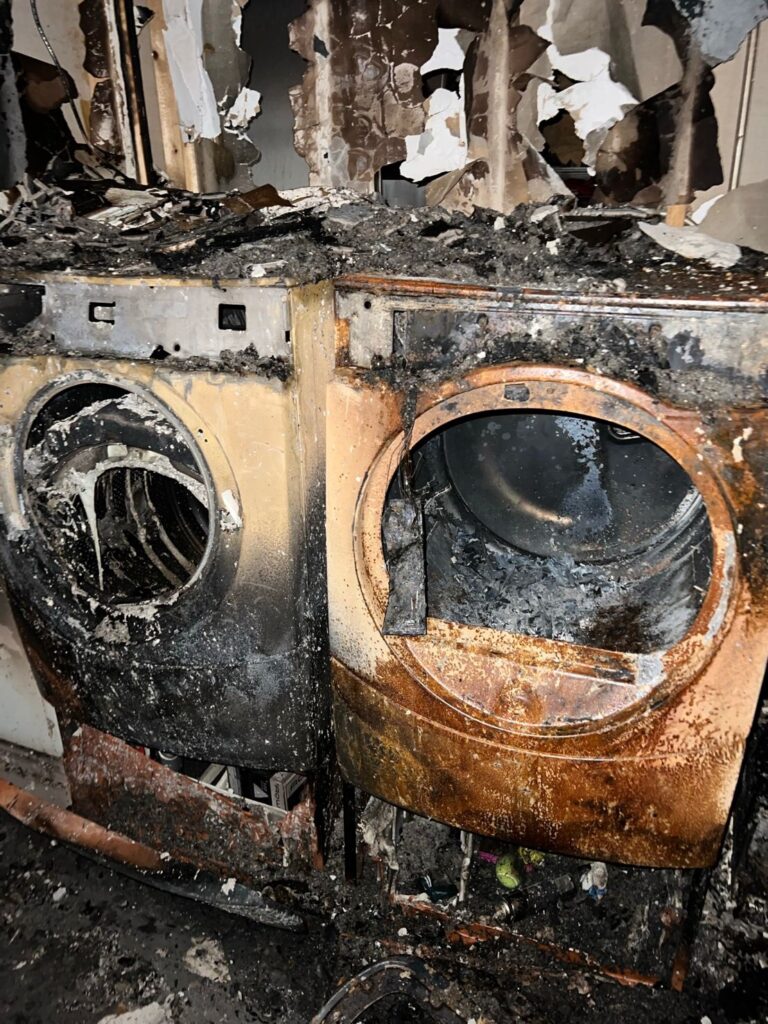
Using lithium-ion batteries safely includes the storage, charging, and buying of devices with these batteries.
How to charge a lithium-ion battery safely
You can lower your risk of a fire by following five simple steps for lithium-ion battery charging:
- Follow the manufacturer’s instructions.
- Use the charger that came with the product or make sure the charger and battery are compatible. (“Different batteries need different charging rates,” says Brian.)
- Avoid charging lithium-ion batteries all the time.
- Avoid charging lithium-ion batteries overnight. (This includes your cell phone.)
- Unplug lithium-ion batteries once they are fully charged.
“There’s no reason to leave something charging all the time,” says Brian. “It opens you up to a higher probability of something bad happening.”
“The manufacturer recommends that even with their batteries, you charge them for 3 1/2 hours and then unplug them,” says Pete, recalling his home fire. “Only charge them when you are home and paying attention. It’s not only just product. It’s every single lithium battery that you have in your home.”
How to store your lithium-ion battery safely
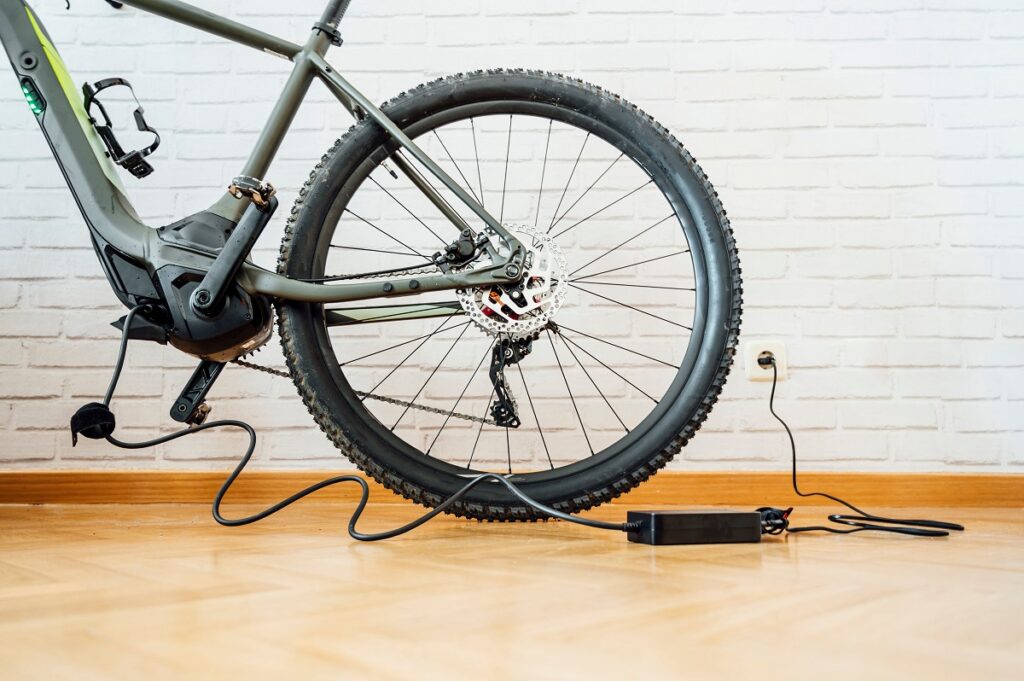
Where and how you store your devices with lithium-ion batteries is equally important. The NFPA suggests the following protocol for lithium-ion battery storage:
- Avoid storing devices with lithium-ion batteries in precarious positions, such as on the stairs where they can fall, be punctured, crushed, etc.
- Avoid storing your devices in your bedroom or next to a door or room exit.
- Be mindful of extreme heat and extreme cold temperatures.
Always check the manufacturer’s instructions, but lithium-ion batteries generally cannot withstand temperatures below freezing or above 120°F.
“If you’re living out in Arizona and your garage is unconditioned, it’s going to get pretty hot in there,” says Brian. “That’s when it really increases the risk of a fire.”
Additional tips to prevent a lithium-ion battery fire
When buying a device, batteries, or charging equipment, make sure they’re listed by a nationally recognized testing lab and labeled accordingly.
“[These labs] go through a lot of testing to make sure [lithium-ion batteries] can survive impacts and different temperature ranges,” says Brian.
Also, buy replacement parts, batteries, and chargers from the manufacturer when possible.
Pete’s home fire stemmed from a replacement battery.
“The lithium battery was not from the manufacturer, but a third-party replacement battery that we bought on Amazon that I think you can still buy today,” says Pete.
Also, as mentioned earlier, always follow the manufacturer’s instructions.
“The manufacturers of these batteries know what they’re talking about,” says Brian. “They want the product to do well, so make sure that you’re using the charger and you’re charging within the temperature limits.”
How to properly dispose of lithium-ion batteries
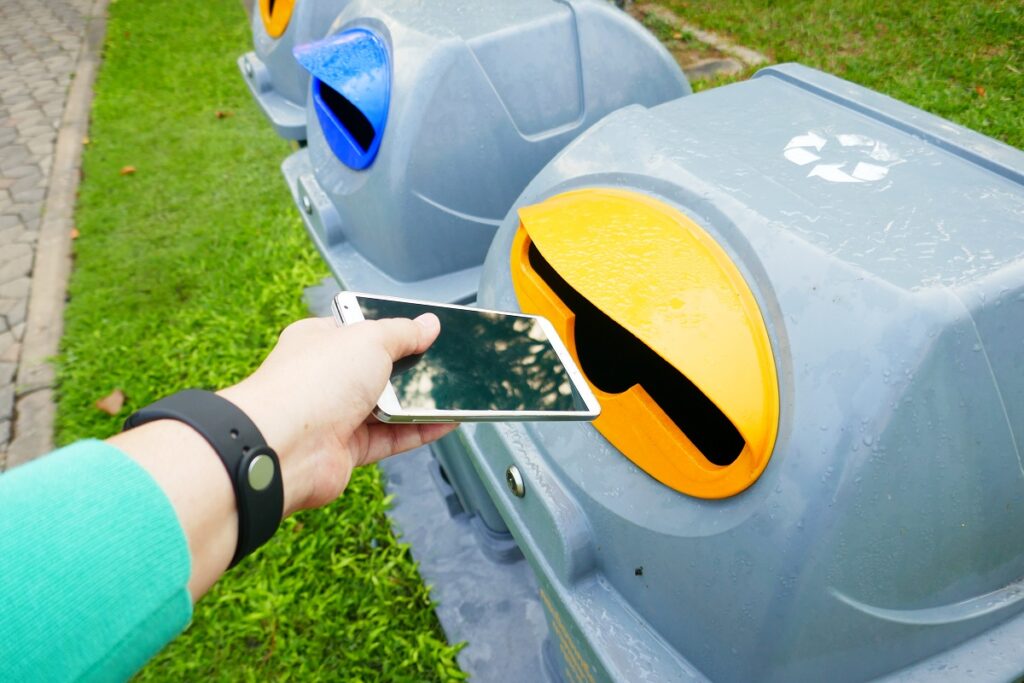
Lithium-ion batteries should not be disposed of in the trash. Instead, check with your local big box stores for disposal options for small devices, such as a cell phone or tablet.
Many big box stores like Home Depot or Lowe’s often accept tools powered by lithium-ion batteries, Brian notes.
Your local department of waste management (DPW) may also provide lithium-ion battery recycling. Many offer an annual household hazardous waste day, when you bring these devices for disposal, even if they have caught fire. If your DPW doesn’t accept these devices, contact your local fire department for more options.
Warning signs that your lithium-ion battery may be critical
There are a few warning signs that may indicate your device’s lithium-ion battery may catch fire. First, you may notice a very strong, toxic odor. Second, the device or battery may start to inflate.
“The electrolyte turns into a gas,” says Brian, “and just like when you boil water, the gas takes up more volume than the solid. It’s going to puff out a bit.”
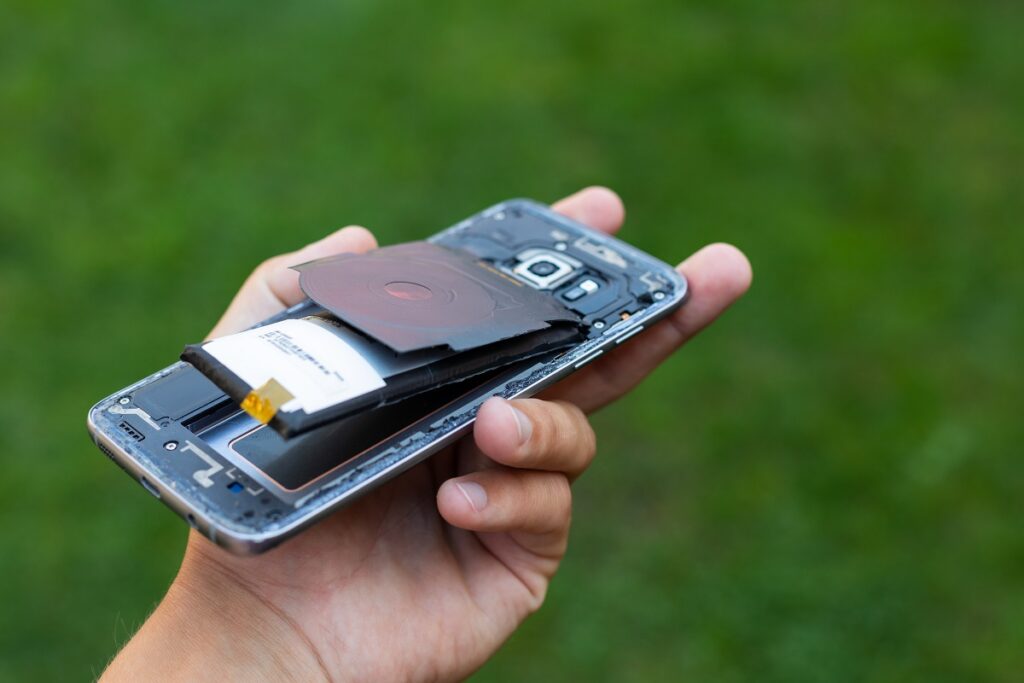
Many times lithium-ion battery systems are encased in a plastic or metal container. With layers of protection between you and the battery, you may not be able to see them puff up, but you may be able to hear or smell them.
Next signs include seeing or smelling smoke and hearing loud, popping noises.
“If you start smelling or hearing them, evacuate first, then call the fire department for assistance,” says Brian.
Also, never touch the device.
“It’s really hard to tell when that pressurized vessel’s going to burst,” says Brian, who equates a lithium-ion battery explosion to a blow torch. “You don’t want that in your hand or pocket or anywhere near you when that happens.”
Thankfully, Pete and his family weren’t home when their vacuum caught fire, but they lost so many of their personal belongings.
“This is no joke,” says Pete. “You may have read articles about this happening, but it can happen to you. We certainly didn’t think it would happen to us.”
Ultimately, we need to change the way we approach and use lithium-ion batteries.
Join the neighborhood!
Homeownership can be hard, but it doesn’t have to be. The vipHome.app can help. In less than four minutes, enjoy a new way to manage your home. Simply download the app, register your home, and enjoy a simplified homeownership experience.
Get it today!




